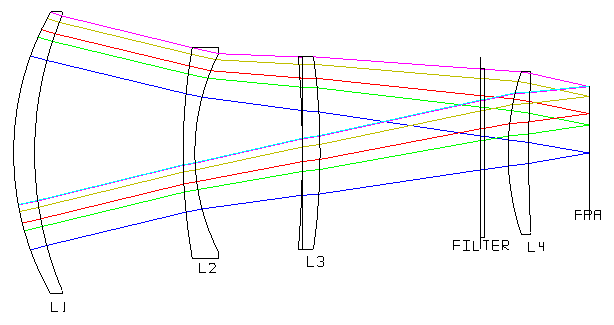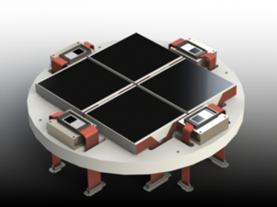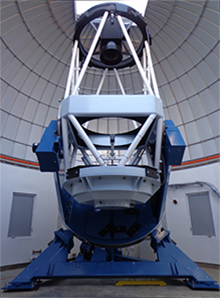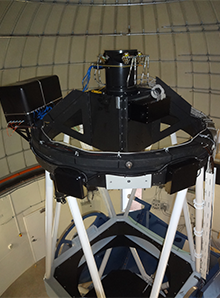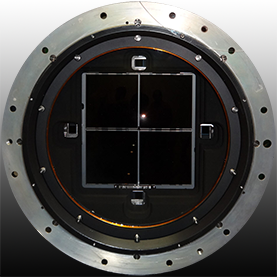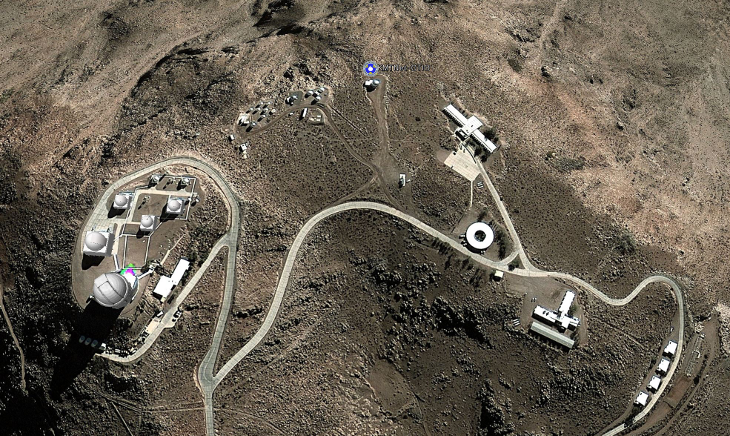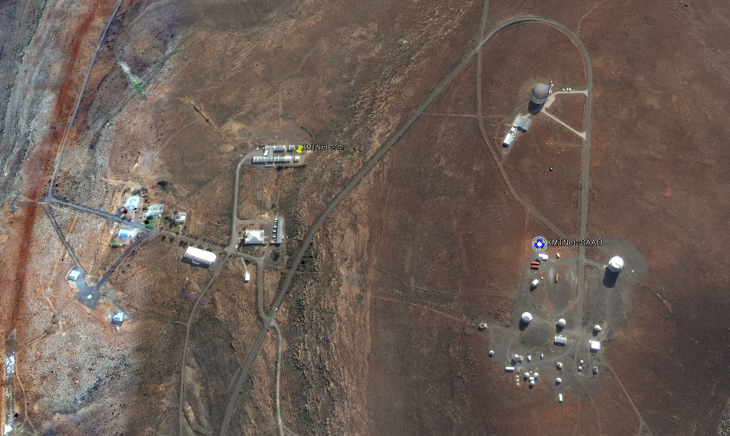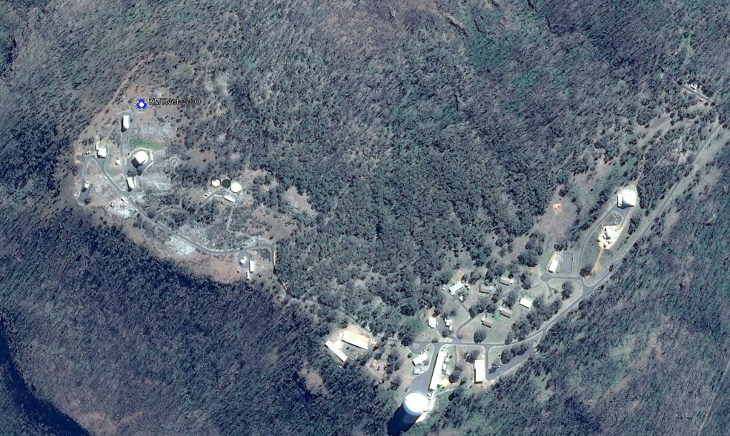Facilities
Sites and Data Process
Today’s Live View
Data Handling
Sites and Data Process
Three Southern Sites
|
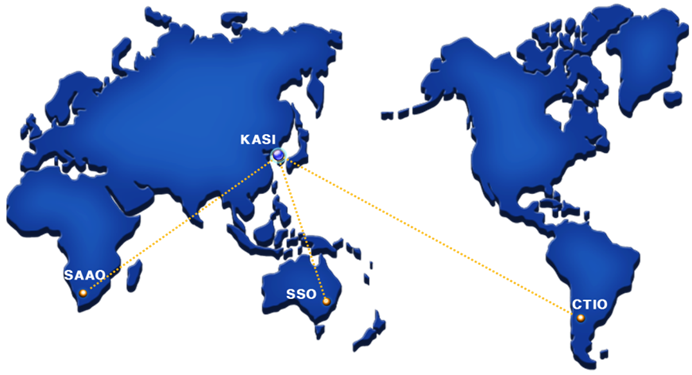 |
||||||||||||||||||||||||
|
|
|||||||||||||||||||||||||
Today’s Live View
Data Handling
|
– All of the raw CCD images are transferred from three southern sites to the KMTNet data center at Daejeon in Korea via network communication. – The raw images are preprocessed by the KMTNet pipeline in the data center. It includes some basic corrections such as crosstalk, overscan, trimming, bias, and flat fielding. The WCS (World Coordinate System) information is also added at the image header to support accurate astrometric data for each target. Researchers can access the preprocessed images within ~1 day after the observation time. – The time-series CCD images for the Galactic bulge are further processed with the DIA (Difference Image Analysis) package to detect any variable objects such as microlensing events, transiting exoplanets, eclipsing binaries, pulsating stars, and stellar flares. |
 |
776, Daedeokdae-ro, Yuseong-gu, Daejeon, Republic of Korea (34055)
Copyright ⓒ Korea Microlensing Telescope Network All Rights Reserved |
 |
 KOREAN
KOREAN
